In every culture or country, you’ll find that each of them has certain symbols and certain meanings that relate to life. The symbols help us understand our respective cultures. They enable us to learn about the beliefs, norms, and expectations of our society. Of all countries, however, China has the most symbolic culture which largely differs from the rest of the western world.
What are these Chinese symbols? What do they represent? In this post, we will be taking an in-depth look at what some of the major Chinese symbols are. We discuss their meanings and significance in Chinese culture.
What are the Chinese Symbols?
The Chinese culture is rich in symbolism. It plays a significant role in their lives. You often see their rich symbolism depicted in their decorative arts, like on a vase or bowl. You also see a lot of Chinese sculptures or architectural designs that incorporate these symbols. Their rich vocabulary when it comes to symbolism is a result of the nature of their written and spoken language.
While some symbols represent a bad omen, most of the major Chinese symbols represent good luck and fortune. A lot of their symbols are taken from nature, that is animals, plants, and other aspects of nature. There are also certain colors, numbers, and mystical creatures that carry certain symbolic meanings in Chinese culture.
The meanings of these symbols are something the Chinese have understood for thousands of years and continue to pass them on to the younger generation. For some of these symbols, the meaning is directly related to the characteristics of the object in question. Some meanings are based on the name of the object. For example, turtles are seen as a symbol of long life, because of their nature to live for long years. Fish, however, is seen as a symbol of wealth because the Chinese name for fish is “Yu” which is also the Chinese word for abundance.
List Of Chinese Symbols.
The following is a list of some of the major Chinese symbols and their meaning and significance:
Bamboo.
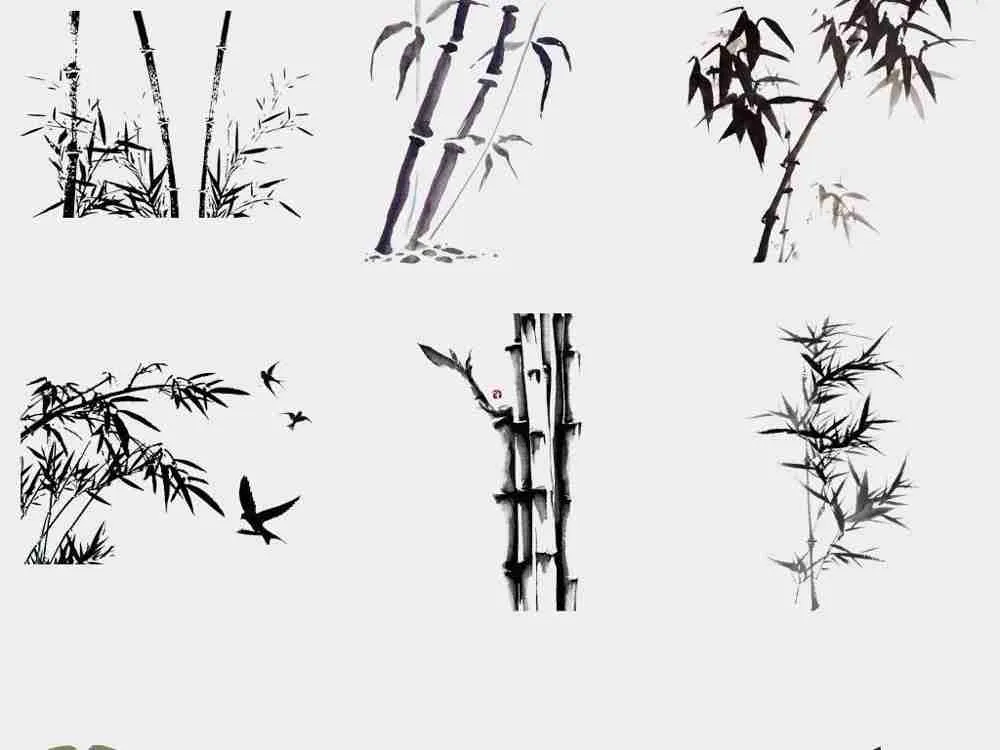
China is known as the Bamboo kingdom, given a large number of bamboo grown in the country especially in the southern parts. So, it comes as no surprise that bamboos would have rich symbolic meaning in their culture. Bamboo is considered an honorable plant in China especially given its simplicity. Its meanings as a Chinese symbol are derived from its characteristics.
First and foremost, the Chinese word for bamboo is ‘Zhu’ which also means ‘to congratulate’. As such, the bamboo is seen as a positive symbol. It is said to represent strength, durability, and resilience. This is based on the fact that as a plant it is hard, yet flexible and can grow all year round and remain green despite the harshest weather. They are seen as a reminder that one must always stand upright and adapt to the difficult circumstances in life. It is also seen as a symbol of modesty given its empty stalks, and beauty despite not producing any flowers or fruits.
Dragons.
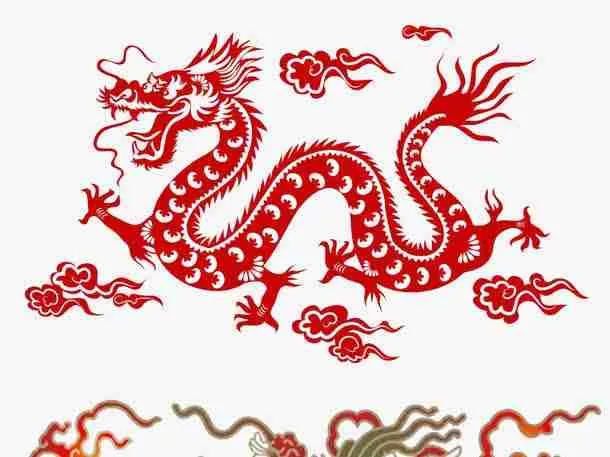
Considered the most powerful symbol in Chinese culture, the Chinese dragon, like the bamboo, is often depicted in a lot of Chinese art. Its meaning in China is positive and differs from the Western description of a dragon. While the western see dragons as evil creatures, the Chinese see them as powerful protectors from evil and bad luck. The Chinese believe that there are different types of dragons with different cosmic powers that control nature.
Given that it is a powerful creature, dragons are seen as a symbol of power, affluence, and high status. As such, dragons were used as the sacred imperial symbol in ancient China to represent the emperor. They are also considered the representation of male energy in Yin and Yang since it represented the Emperor and the phoenix represented the feminine energy and the Empress. The connection between the dragon and the phoenix is also considered a symbol of divine love and happy and long marriage.
In addition, because dragons have power over the rain, and vegetation it is also seen as a symbol of abundance and prosperity. Dragons are included in many of the Chinese festivals and celebrations as a sign of good luck and prosperity.
Orchids.
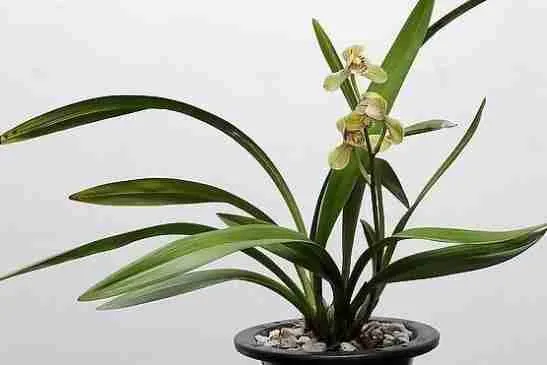
Flowers are highly symbolic in Chinese culture. Orchids, however, are the most coveted ornamental flowers with the highest symbolism in China. They are part of the four plants of virtue, along with the bamboo, plum, and chrysanthemum, and a representation of spring.
These flowers are considered a symbol of beauty, good taste, and luxury is given that they are delicate, exotic, and graceful flowers. Based on this, they are also a representation of wealth and beauty. The flowers are also a representation of love and when put in a vase, they also symbolize unity. As such they are a great symbol for married couples.
Orchids are also said to be a representation of nobility given that they are graceful, elegant, and give off a pleasant fragrance even though they grow in remote areas where there aren’t many people who admire them. Lastly, the fact that their fragrance is never overpowering is taken by the Chinese as a sign and reminder of humility.
Fish.
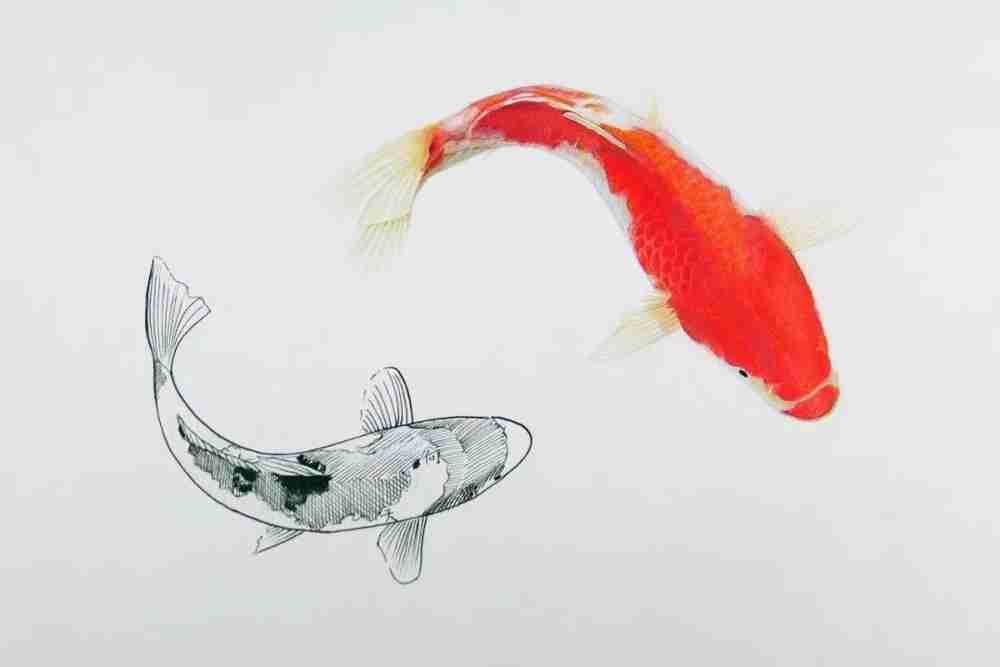
Another common symbol in Chinese culture is fish. As mentioned earlier, the fish’s name in Chinese also translates to abundance, which is why fish are seen as a symbol of wealth. The Koi fish especially, either red or black, is seen as a symbol of wealth. Fish lay many eggs and have many children, who are also seen as a symbol of wealth by the Chinese. Their high reproductivity is also seen as a symbol of fertility in China.
Different aspects of the fish, as well as different types of fish also have some symbolic meaning. For example, the fact that fish always swim in pairs is seen as a sign of fidelity and unity. That, coupled with their high fertility, makes them a symbol or representation of a happy marriage. A leaping carp is seen as a representation of resilience and overcoming difficulty. This is based on the legend of a carp that swims against the current and takes a leap over the rapids to transform into the revered dragon.
Birds.
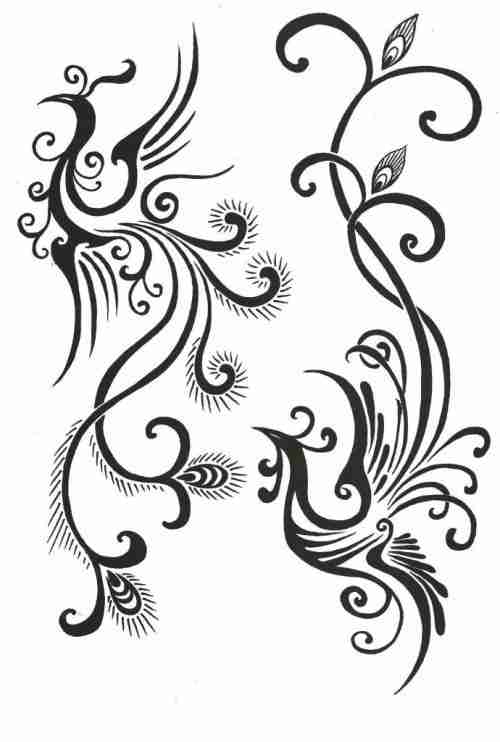
Birds are also common symbols in China and are often depicted in Chinese artwork. There are different species of birds with different symbolic meanings. Some of them represent positivity and good omens while others represent bad omens. Generally, however, in China birds are seen as the divine messengers who communicate people’s requests to the gods. This is based on their freedom and ability to fly from the earth, connecting us to the heavens.
More specifically, as mentioned, each bird has a separate symbolic meaning in Chinese culture. The phoenix, for example, is said to be the representative of all birds, both real and mythological, and the most powerful and auspicious one. It is a representation of good luck and rebirth, given that a new phoenix rises from the ashes of one that burst into flames. It is also the feminine representation of the feminine energy in Yin and Yang and was used as the sacred imperial symbol for the Empress in ancient China.
Roosters are also important birds in China. Not only is it part of the twelve Chinese zodiac animals, but it is also a representation of the yang masculine energy that’s proud and bold. Based on the fact that a rooster cries out every morning, the Chinese see this bird as a symbol of protection from bad or negative energy. They believe that the rooster has the power of dispelling evil and welcoming a new day.
Pomegranate.

When it comes to fruits, Pomegranate is considered to be an auspicious fruit in China. According to their culture, the fruit is considered a symbol of fertility and having many children. This is because the pomegranate is usually full of seeds and in Chinese culture, seeds are representative of children. That is why you’ll find infertile women eating pomegranate. It is also a great gift to give to a married couple as it communicates your wish for them to have many children.
Aside from fertility, pomegranate is also seen as a religiously important fruit. In Buddhism, it is one of the three fruit the buddha is sometimes depicted holding. As such the fruit is also a symbol of good luck and prosperity. The fact that it has many seeds is also seen as a representation of abundance.
Gingko Tree.

Being native to China, the ginkgo tree is considered a sacred tree by the Chinese. It has existed for a very long time. Some say that it was there during the dinosaur period and managed to survive the last ice age. Four of these trees are also said to have miraculously survived the atomic blast in Hiroshima.
Due to their long life and survival, these trees are considered a symbol of longevity and strength. Their resilience allowed them to overcome the harshest conditions. The tree is also seen as a symbol of hope and peace and a representation of a positive future. That is why many Chinese artists use the tree to represent the end of political instability and the movement towards achieving peace.
Qilin.
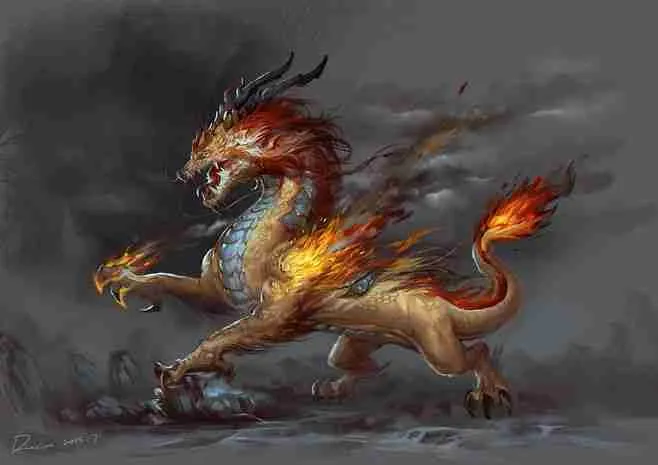
Another symbolic mystical creature is the Qilin. It is a gentle, kind, and benevolent creature, with the hooves of a horse, the tail of a cow, and the body of a deer. It is sometimes compared to the description of the Western unicorn. Although it may look fierce, the Qilin can never harm humans or other creatures. It even floats above the ground to avoid killing insects and plants.
In terms of symbols, the Qilin is seen as a good omen and a symbol of good luck. It represents magnificence, wisdom, and long life in Chinese culture. It is also said to bring prosperity and success as well as protect individuals from evil and negative energy. The mystical creature is also associated with fertility, as it is believed to bring a baby into a family. It is also said to be responsible for that baby’s success. That is why you may notice some children wearing a talisman of the Qilin.
An Officials Salary.
Aside from animals plants and other aspects of nature, another symbolic object in Chinese is an official’s salary. This refers to the payments government officials used to receive during the imperial period in China. After the Emperor, the government officials were the highest-ranked individuals with high importance. As such their salary was taken as a symbol of wealth. Even today, the Chinese still use them as good luck charms that will bring them wealth and good fortune.
Vase.
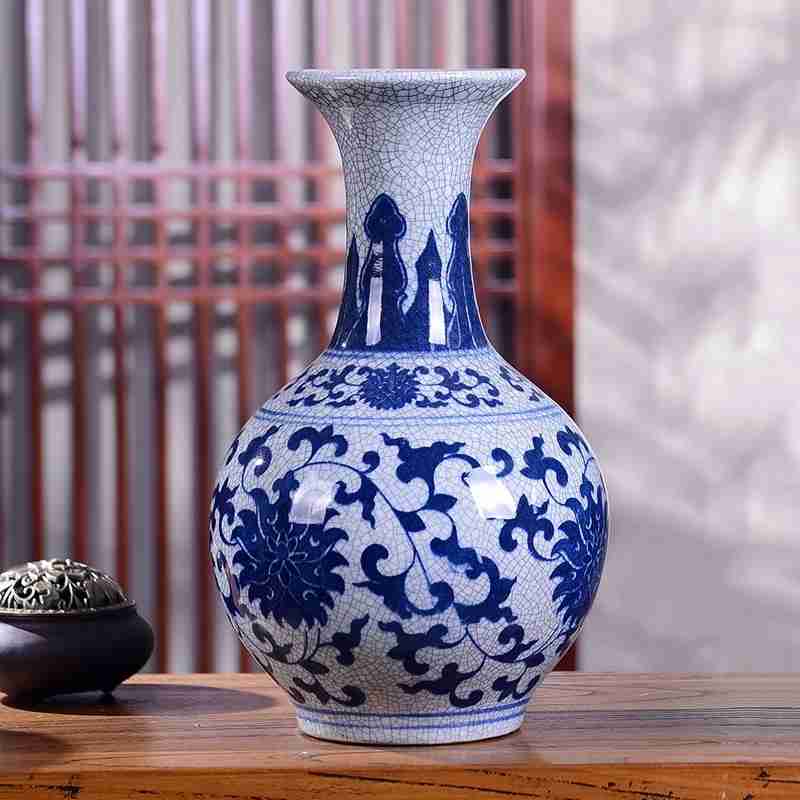
Chinese Vases are part of the oldest art forms in the country that’s been developed over time since the pre-historic period. Today there exist many sizes and designs of vases, making them a significant part of Chinese culture. There are different symbolic meanings attached to the vase based on its decorations and what it holds.
Generally, a vase in China is seen as a symbol of peace and safety. That is because the Chinese name for vase ‘ping’ has a similar pronunciation to the word ‘pingan’ which means peace. More specifically, gourd-shaped vases are called ‘hu lu’ in Chinese which is related to the word ‘hu’ meaning protection and blessings. Treasure vases on the other hand are considered one of the eight auspicious symbols in Buddhism. A vase holding flowers from different seasons is also considered a representation of peace throughout the year.
Red.
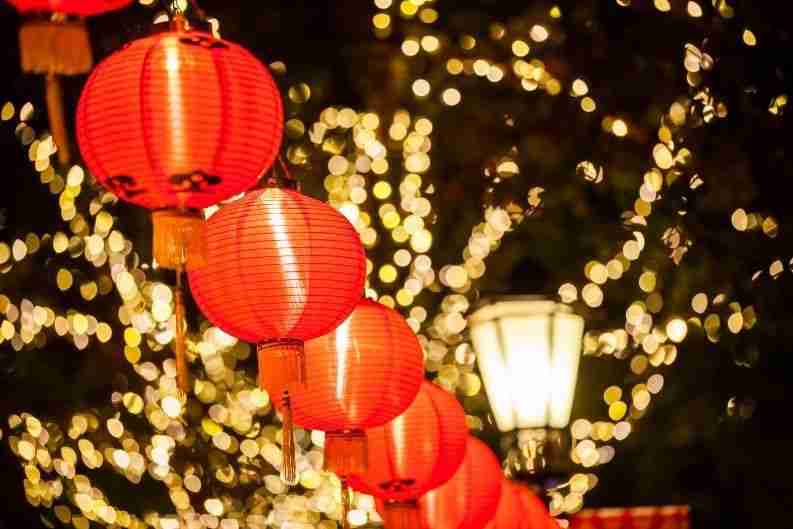
Colors are also highly symbolic in Chinese culture with red being the most important one. It is one of the five elements, as it represents fire. Its symbolic meaning may vary from culture to culture, but in China, it is seen as a lucky color. It’s believed that red wards off evil and ushers on good luck. That is why during the Chinese New Year Festival, the main decorative color is red and people exchange red envelopes.
Red is also seen as a symbol of happiness, celebration, fertility, and vitality. You’ll find that it is incorporated into many Chinese celebrations including birthdays and especially weddings. While in Western culture the bride wears white, red is the traditional color worn by the bride in China. It is believed doing so wards off evil from the bride and brings luck and fertility.
Five.
Numbers are also highly symbolic and five is considered among the lucky numbers in Chinese culture. First and foremost, the number five is seen as the representation of the five elements the Chinese believe make up the world. Those are earth, water, fire, metal, and wood. In which case, metal restricts wood, which restricts the earth, which restricts water, which restricts fire, and which in turn restricts metal.
Five is also representative of the five main flavors in Chinese cuisine, pungent, bitter, sweet, salty, and sour. It also represents the 5 virtues, which are, fidelity, benevolence, propriety, righteousness, and wisdom. There are also the five Chinese blessings, including, wealth, longevity, love of virtue, health and composure, and the desire for a natural death due to old age. Other important aspects of Chinese culture represented in groups of five include the Five Classics of Ancient China, the Five Sacred Mountains in China, and the Five major emperors.
Jade.

This is a very important mineral in Chinese culture even today, not just for its beauty but also for its social value. It’s mostly used in making ornaments and jewelry. Some would even refer to it as the supreme gem or the jewel of heaven. The stone is believed to represent good luck based on its power to avert evil and foster good health and fortune.
Jade is also seen as a symbol of nobility and wealth. In ancient China, only the Emperor and other nobles could afford to purchase jade. Confucius, the great Chinese philosopher, also describes jade as a metaphor for kindness, justice, virtue, wisdom, sincerity, and civility. He also metaphorically described it as heaven and earth. Jade is also connected to music, given that it is sometimes used to make Chinese instruments. Chinese poets compare jade’s melodious sound to the voice of a loved one, by calling it the concentrated essence of love.
Pearl.

Another gem that’s important to the Chinese is the pearl. This gem has been highly valued in Chinese culture, since the formation of their civilization. According to the Chinese, pearls are a symbol of wisdom, enlightenment, and spiritual energy. The pearl is also associated with the moon given its resemblance. That is why every full moon the Chinese would lift pearl-producing oysters out of the water to absorb the lunar essence of the moon.
Conclusion.
The listed symbol is only the tip of the iceberg. The Chinese culture is a highly symbolic one compared to other cultures. There is a meaning behind almost every aspect of the culture. Although the symbols listed here are all positive and auspicious symbols, there are also auspicious symbols like the color white, the number four, and animals like crows. The easiest way of understanding Chinese traditions and norms is by understanding their symbolic meaning.
I am lucky that I detected this blog, just the right information that I was looking for! .
I’d like to thank you for the efforts you have put in writing this website. I am hoping to see the same high-grade content by you later on as well. In truth, your creative writing abilities has inspired me to get my very own blog now 😉
woh I am thankful to find this website through google.